



Therefore, for those 13 years between 1776 and 1789 who "ran" our country?
Turns out there were 14 people who operated as president of the United States during this period of time.
The below offers who these 14 persons were.
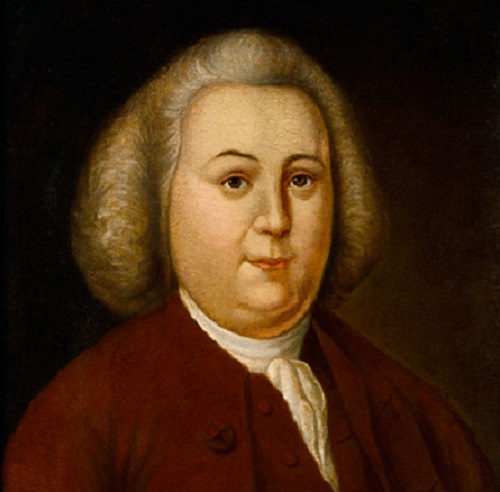
When delegates voted in Philadelphia for the first Continental Congress, they elected Peyton Randolph as the first president of the territory known as the United States. Randolph was a planter and public official from the colony of Virginia. He also served as speaker of the Virginia House of Burgesses and chairman of the Virginia Conventions.
2. Henry Middleton (October 1774)
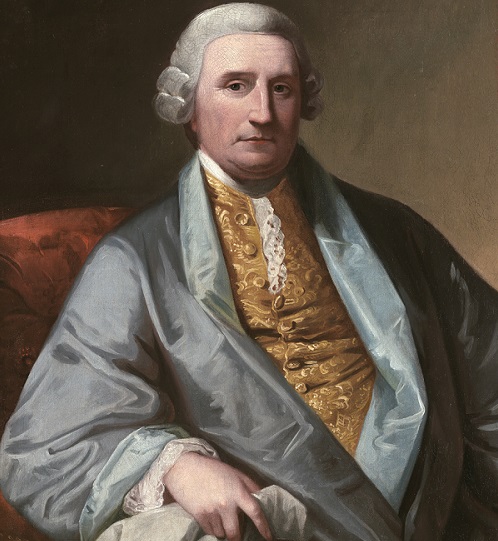
The second president of the United States was one of the wealthiest planters in the South from one of the most powerful families in the nation. Henry Middleton was also a plantation owner and public official from South Carolina. He served as president for a few days in 1774.
3. John Hancock (May 24, 1775 – Oct. 31, 1777)(November 1785 – June 5, 1786)
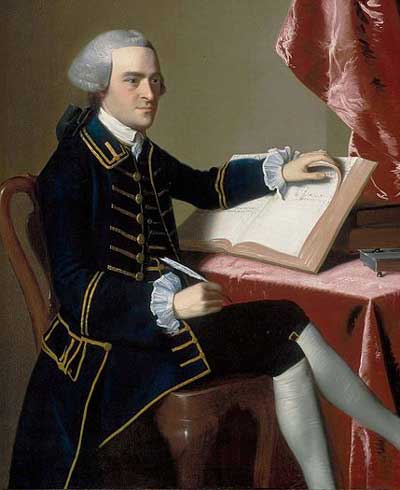
The third president was rebel leader and merchant John Hancock. Hancock also served as the first and third governor of the commonwealth of Massachusetts. He is remembered for his large and stylish signature on the United States Declaration of Independence, so much so that the term “John Hancock” became a synonym for a signature.
4. Henry Laurens (1777–1778)
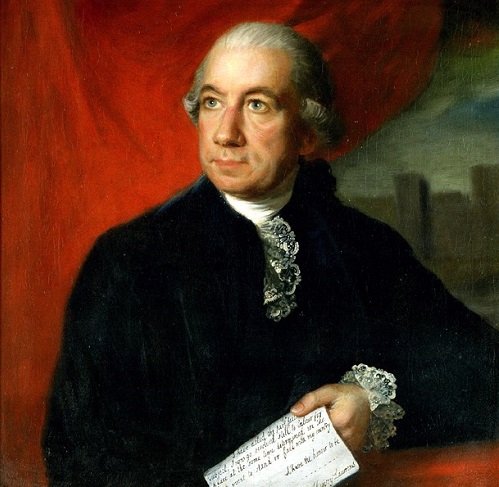
The fourth president was Henry Laurens, who was an American merchant and rice planter from South Carolina and became a political leader during the Revolutionary War. Laurens succeeded John Hancock as president and was a signatory to the Articles of Confederation, and president when the Constitution was passed on November 15, 1777. Laurens had earned great wealth as a partner in the largest slave-trading house in North America, Austin and Laurens. In the 1750s alone, this Charleston firm oversaw the sale of more than 8,000 enslaved Africans.
5. John Jay (Dec. 10, 1778 – Sept. 28, 1779)

John Jay was the fifth president, America’s first secretary of state, first chief justice of the Supreme Court, and one of its first ambassadors.
6. Samuel Huntington (Sept. 28, 1779 – July 10, 1781)
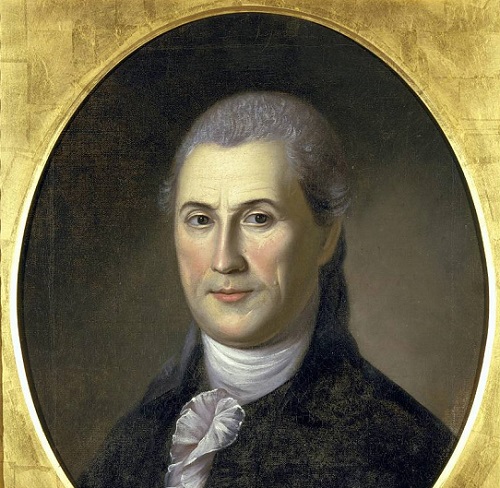
Samuel Huntington was a jurist, statesman, and patriot from Connecticut during the American Revolution. He also served as president from 1779 to 1781, chief justice of the Connecticut Supreme Court from 1784 to 1785, and the 18th governor of Connecticut from 1786 until his death.
7. Thomas McKean (July 10, 1781 – Nov. 4, 1781)
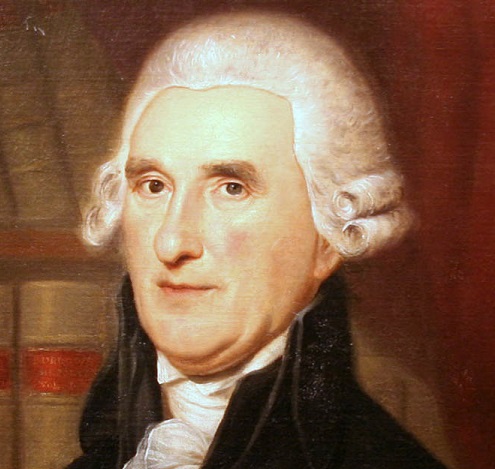
Thomas McKean was an American lawyer and politician from New Castle County, Delaware, and Philadelphia, Pennsylvania. During the American Revolution he was a delegate to the Continental Congress where he signed the United States Declaration of Independence and the Articles of Confederation. McKean also served as a president.
8. John Hanson (Nov. 5, 1781 – Nov. 3, 1782)
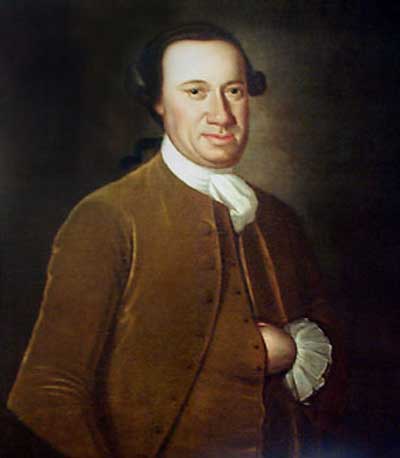
John Hanson was a merchant and public official from Maryland during the era of the American Revolution. After serving in a variety of roles for the patriot cause in Maryland, in 1779, Hanson was elected president and became the first official to serve a one-year term under the provisions of the Articles of Confederation.
9. Elias Boudinot (Nov. 4, 1782 – Nov. 2, 1783)
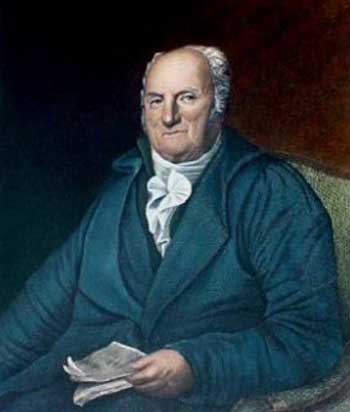
Elias Boudinot was a lawyer and statesman from Elizabeth, New Jersey, who was a delegate to the Continental Congress and served as president from 1782 to 1783. He also was elected U.S. congressman for New Jersey following the American Revolutionary War and was appointed by President George Washington as director of the United States Mint, serving from 1795 until 1805.
10. Thomas Mifflin (Nov. 3, 1783 – June 3, 1784)
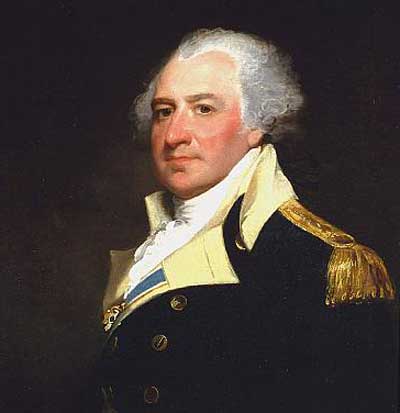
Thomas Mifflin was an American merchant and politician from Philadelphia, Pennsylvania. He was a major general in the Continental Army and the 1st and 3rd quartermaster general during the American Revolution, a member of the Pennsylvania Provincial Assembly, a Continental congressman from Pennsylvania, and a delegate to the Constitutional Convention of 1787. He also served as president.
11. Richard Henry Lee (Nov. 30, 1784 – Nov. 4, 1785)
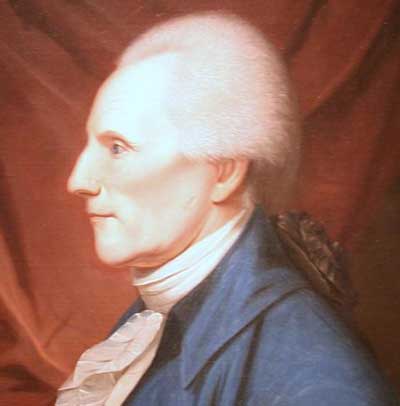
Richard Henry Lee was an American statesman from Virginia, best known for the motion in the Second Continental Congress calling for the colonies’ independence from Great Britain. He was a signatory to the Articles of Confederation and his famous resolution of June 1776 led to the United States Declaration of Independence, which Lee signed. He also served a one-year term as the president and was a United States senator from Virginia from 1789 to 1792.
12. Nathaniel Gorham (June 6, 1786 – Nov. 5, 1786)
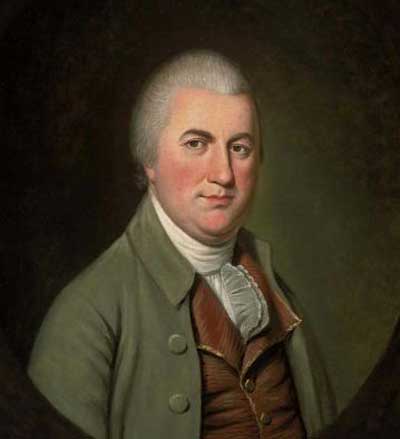
Nathaniel Gorham was a politician and merchant from Massachusetts. He was a delegate from Massachusetts to the Continental Congress, and for six months served as president. He also attended the constitutional convention and was one of the signers of the United States Constitution on Sept. 17, 1787, in Philadelphia, Pennsylvania.
13. Arthur St. Clair (Feb. 2, 1787 – Nov. 4, 1787)
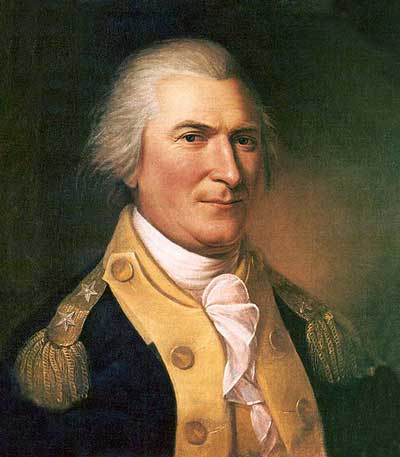
Arthur St. Clair was an American soldier and politician. Born in Scotland, he served in the British Army during the French and Indian War before settling in Pennsylvania, where he held local office. During the American Revolutionary War, he rose to the rank of major general in the Continental Army, but lost his command after a controversial retreat. He became president in February 1787.
14. Cyrus Griffin (Jan. 22, 1788 – Nov. 2, 1788)
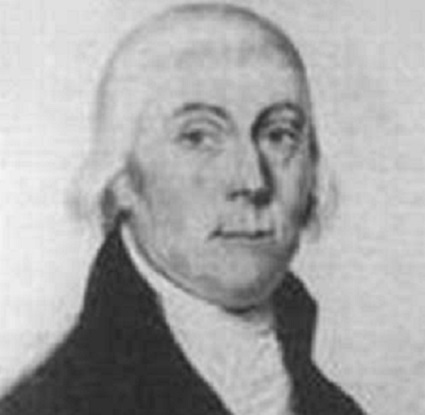
Cyrus Griffin was a lawyer and judge who served as the last president before George Washington, holding office from Jan. 22, 1788, to Nov. 2, 1788. He resigned after the ratification of the United States Constitution and was later a United States federal judge.